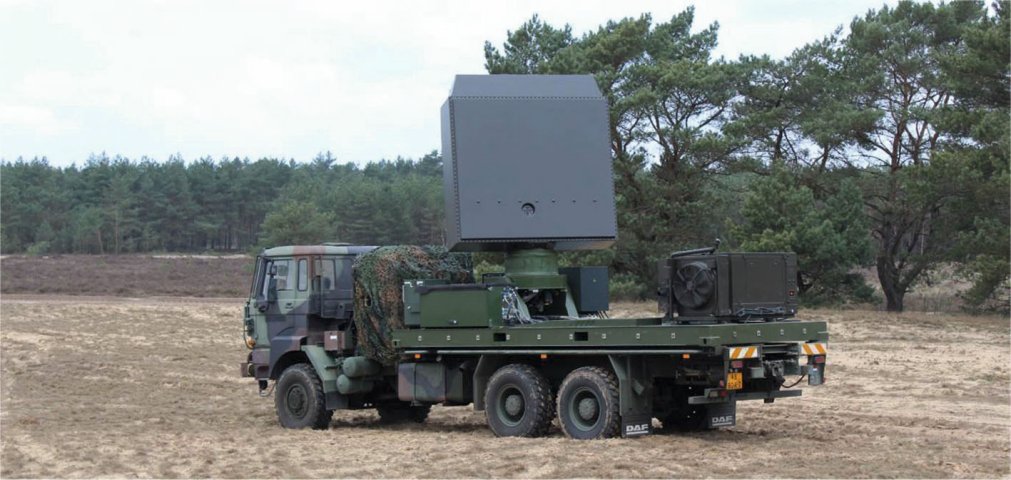
The Royal Netherlands Army is to replace its legacy TPQ-36 radars with nine new Thales Nederland MMRs. (Thales )
The Royal Netherlands Army (RNLA) is to replace its legacy TPQ-36 radars with nine new Thales Nederland Multi Mission Radars (MMRs) from mid-2021.
The contract value is undisclosed, but the Dutch government’s Defense Industry Strategy put the price between EUR100–250 million (USD113–282 million).
The MMR – internationally marketed by Thales Nederland as GM200 MM/C – is the latest land-based version of the S-band active electronically scanned array (AESA) radar family (NS100, NS200, SM400) and is optimised for air surveillance, weapon location, and counter-battery operations.
Much of the system, including the flat-panel AESA antenna, is identical to naval versions of the radar’s family, but the land-based MMR features a tailored cooling unit, power generator, antenna-raising mechanism, and load tray.
The MMR platform is self-supporting and it has no need for stabilisers. It is mounted on a 20 ft ISO pallet so it can be transported by any ISO-standard truck, and weighs about 6.5 tonnes in total. In Dutch service, the radar will typically be mounted on the Scania Gryphus 10-tonne truck, according to Thales.
The MMR can be deployed in two minutes and is capable of detecting, tracking, and classifying more than 1,000 targets, including hovering and ‘pop-up’ helicopters, fixed-wing aircraft, unmanned aerial vehicles, and missiles, as well as serving in a counter-rocket, artillery, and mortar role. In the counter-battery role, the MMR is able to distinguish individual projectile tracks in a salvo firing.
After setting up the radar and raising the antenna, the MMR can be controlled from a remote artillery or air-defence command-and-control station. The chain from detection, classification, and tracking is a fully automated process, Thales said.
Looking to read the full article?
Gain unlimited access to Janes news and more...


